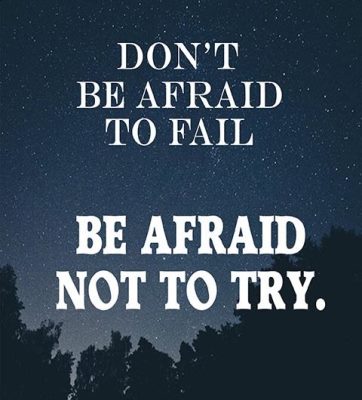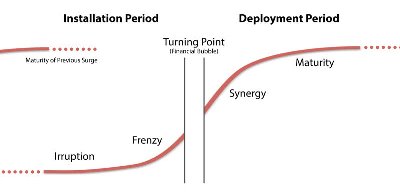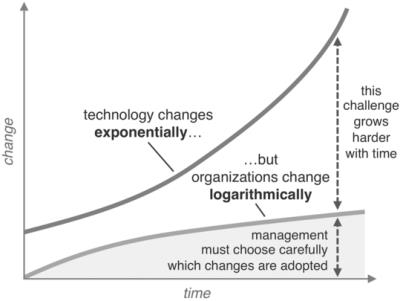This very interesting post ‘The Social Consequences of Zero Interest Rates‘ examines the possible long term impact of this situation on innovation and the economy, taking as a model Japan where this situation has been prevalent for a longer time than anywhere else.

The article shows that innovation has decreased significantly in Japan in the last decades, since the 1990s which mark the end of Japan post-war catch-up and development phase. “Innovation ultimately has a lot to do with time preference in economic terms. Real innovations often only pay off years later, which is why innovative companies have to be prepared for a long haul. Zero interest rates counteract the power of innovation, because they almost always go hand in hand with higher time preference.” At the same time, wages stagnate and part-time employment grows. According to the author, all this negative evolution could be associated with high public debt / low interest rates.
This approach is interesting, however I tend to observe on the contrary that faced with very low interest rates, clever money tends to look for other places with potential gains and innovative startups tend to be quite awash with money these days – raising funds has rarely been as easy. Money also tends to get invested in shares and other high risk investments (which explains the high levels of the share market). There are quite other factors at work in Japan that could explain decreased innovation, for example the rigidity of the labour market and the traditional industrial age employment approaches.
What is certain, is that low interest rates increase the price of assets and proportionately make it more difficult to acquire them on the basis of wages, decreasing the actual purchasing power of people and increasing inequality. However, the impact on innovation is not as obvious to me. What are your views?











